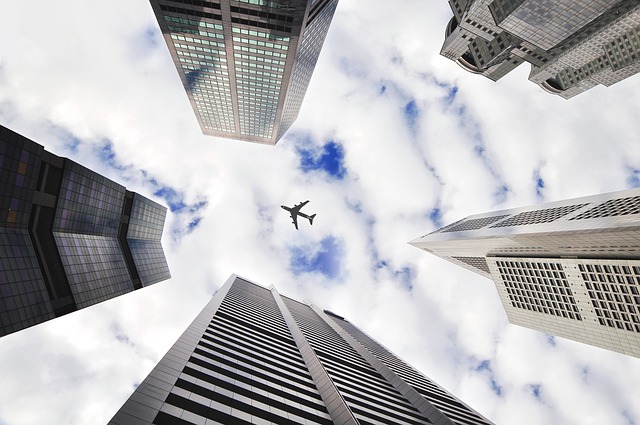Towering 85 meters above the Norwegian countryside, Mjøstårnet is the world’s tallest wooden building, made almost entirely from the trees of neighboring forests. But as recently as the end of the 20th century, engineers thought it was impossible to build a wooden building over 6 stories tall. So how do wooden structures like this compare to steel and concrete skyscrapers?
.
Watch:
Glossary
- sleek – smooth and shiny, looking attractive
- lumber – trees and large pieces of wood that have been roughly cut up
- perpendicular – at an angle of 90° to a given line, surface, the ground
- tensile – capable of being stretched; ductile (able to undergo change of form without breaking)
- rigidity – the quality of being stiff, impossible to bend
- timber – wood used for building
- to char – to burn and become black or to burn something so that it becomes black
- to insulate – to cover and surround something with a material or substance in order to stop heat, electricity, etc. from escaping or entering
Answer the questions:
- What are some of the advantages of the engineered forms of wood?
- Why are CLT and glulam buildings more resilient to some natural disasters?
- What are the biggest benefits of CLT and glulam outside the construction site?
- What does it mean that “wood has low thermal conductivity”?
Practice Makes Perfect
Fill in the gaps in the article with the words in bold below:
story translate elevator gust
collapse foundations exert stories
concrete withstand pressure
In 1956, architect Frank Lloyd Wright proposed a mile-high skyscraper. It was going to be the world’s tallest building by a lot. But many critics laughed at the architect, arguing that people would have to wait hours for an 1. …………, or worse, that the tower would 2. …………… under its own weight.
And how do we build something a mile high today? In any construction project, each 3. ………. of the structure needs to be able to support the 4. ………….. on top of it. The higher we build, the higher the gravitational 5. ………….. from the upper stories on the lower ones. The principle has long dictated the shape of our buildings, leading ancient architects to favour pyramids with wider 6. ………….. that support lighter upper levels. But his solution doesn’t quite 7. ………. to a city skyline. Fortunately, strong materials like 8. ………… can avoid this impractical shape. The concrete in the world’s tallest tower, Dubai’s Burj Khalifa, can 9. ………… about 8,000 tons of pressure per square meter. Besides defeating gravity, which pushes the building down, a skyscraper also needs to overcome the blowing wind. On average days, wind can 10. ………….. up to 17 pounds of force per square meter on a high-rise building – as heavy as a 11. ……. of bowling balls.
You can check your answers here: https://www.ted.com/talks/stefan_al_will_there_ever_be_a_mile_high_skyscraper#t-173600
Key: 1. elevator; 2. collapse; 3. story; 4. stories; 5. pressure; 6. foundations; 7. translate; 8. concrete; 9. withstand; 10. exert; 11. gust
Use the words in Glossary to complete the sentences below:
1. The material was pulled at each end to test its ………….. strength.
2. The move has brought a ……… new look to the restaurant.
3. Some of the outside walls were ………… ed last year.
4. A great fire broke out and ……..ed the entire building.
5. In spite of the …………. of the game, there are some rules that can be bent.
Key: 1. tensile; 2. sleek; 3. insulated; 4. charred; 5. rigidity
Explore it more to create your own teaching-learning experience!
Why doesn’t the Leaning Tower of Pisa fall over?
In 1990, the Italian government enlisted top engineers to stabilize Pisa’s famous Leaning Tower. There’d been many attempts during its 800 year history, but computer models revealed the urgency of their situation. The tower would topple if it reached an angle of 5.44 degrees— and it was currently leaning at 5.5. What gives the tower its infamous tilt?
Watch:
(1878)





